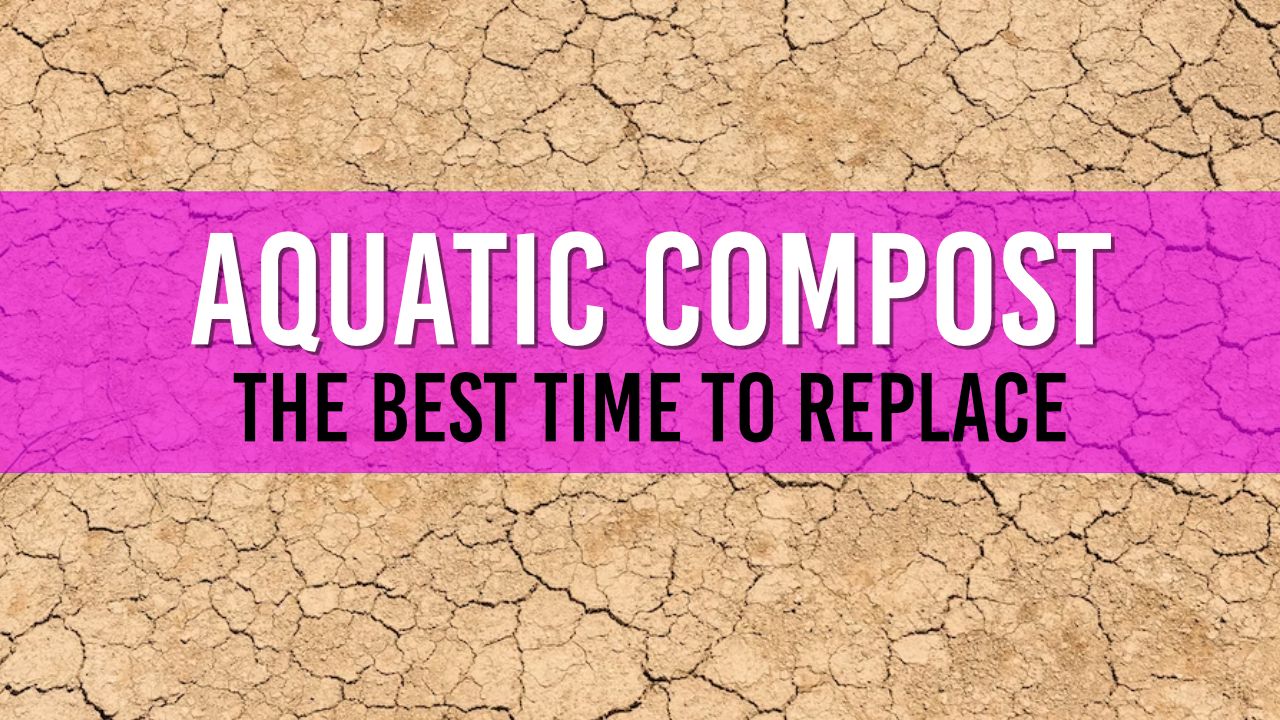How often should I replace my aquatic compost?
Aquatic Compost should be replaced every 2-3 years. This is providing your pond planters are still in good condition. If your baskets are damaged, or you're able to see roots, then you may need to replace your aquatic compost much sooner.

Table of Contents
Aquatic compost is a vital component of a thriving pond ecosystem. It provides the necessary nutrients and anchorage for aquatic plants to grow and flourish. As a pond owner, you may wonder how often you should replace your aquatic compost. The answer depends on several factors, including the type of plants you have, the age of your pond, and the health of your pond ecosystem.
In this article, I'll discuss when and why to replace your aquatic compost.
When to replace aquatic compost
Generally, aquatic compost should be replaced every 2-3 years. However, this timeline can vary based on the factors mentioned above. For example, if you have fast-growing or heavy-feeding plants like water lilies, you may need to replace the compost more frequently. On the other hand, if your pond ecosystem is well-established and your plants are growing at a moderate pace, you can extend the period between compost replacements.
It's also essential to monitor the health of your pond and its inhabitants. If you notice that your plants are not growing as they should, or if your fish seem unhealthy, it may be time to replace your aquatic compost. You can check out our article on why pond lilies are not growing for more information on plant health indicators.
Why replace aquatic compost?
Aquatic compost provides essential nutrients for plant growth, such as nitrogen, phosphorus, and potassium. Over time, these nutrients become depleted, leading to slower plant growth and an unhealthy pond ecosystem. Additionally, the compost can become compacted and less effective at anchoring plants, making it necessary to replace the old compost with fresh material.
Replacing the aquatic compost also helps to maintain a proper balance of nutrients in your pond. An excess of nutrients can lead to problems like algae blooms and poor water quality. To learn more about maintaining water quality, read our articles on why is my pond water dirty and how to keep mosquitoes away from your pond.
Choosing the right aquatic compost
When it comes to replacing your aquatic compost, it's essential to choose a high-quality product specifically designed for pond use. Avoid using regular garden soil or compost, as these may contain harmful chemicals or substances that can negatively affect your pond ecosystem. Instead, opt for a specialized aquatic compost, which is formulated with the right balance of nutrients for aquatic plants. You can read more about the differences between garden soil and aquatic compost in our article on using normal soil instead of aquatic compost.
Replacing aquatic compost: a step-by-step guide
When it's time to replace your aquatic compost, follow these steps to ensure a smooth process:
- Prepare the new compost: Purchase a high-quality aquatic compost and mix it with a small amount of water to create a damp, crumbly consistency. This will help the compost adhere to the plant roots and prevent it from floating away.
- Remove the plants: Carefully remove the plants from your pond, taking care not to damage the roots. Temporarily place them in a container filled with pond water to keep them moist.
- Remove the old compost: Using a pond net or scoop, remove the old aquatic compost from the planting baskets or containers. Be sure to remove any compacted or decomposed material, as well as any debris or sediment.
- Add the new compost: Fill the planting baskets or containers with the new aquatic compost, leaving enough room for the plant roots. Gently press the compost to eliminate any air pockets and create a stable base for the plants.
- Replant the plants: Carefully replant your aquatic plants in the new compost, ensuring that the roots are well-covered and anchored. Place the plants back in your pond, making sure they are at the appropriate depth for their specific needs.
- Monitor the plants: Keep an eye on your plants for a few weeks after replacing the aquatic compost, checking for any signs of stress or nutrient deficiencies. If necessary, adjust your pond care routine to address any issues.
By following this step-by-step guide, you can successfully replace your aquatic compost and maintain a healthy, thriving pond environment.

